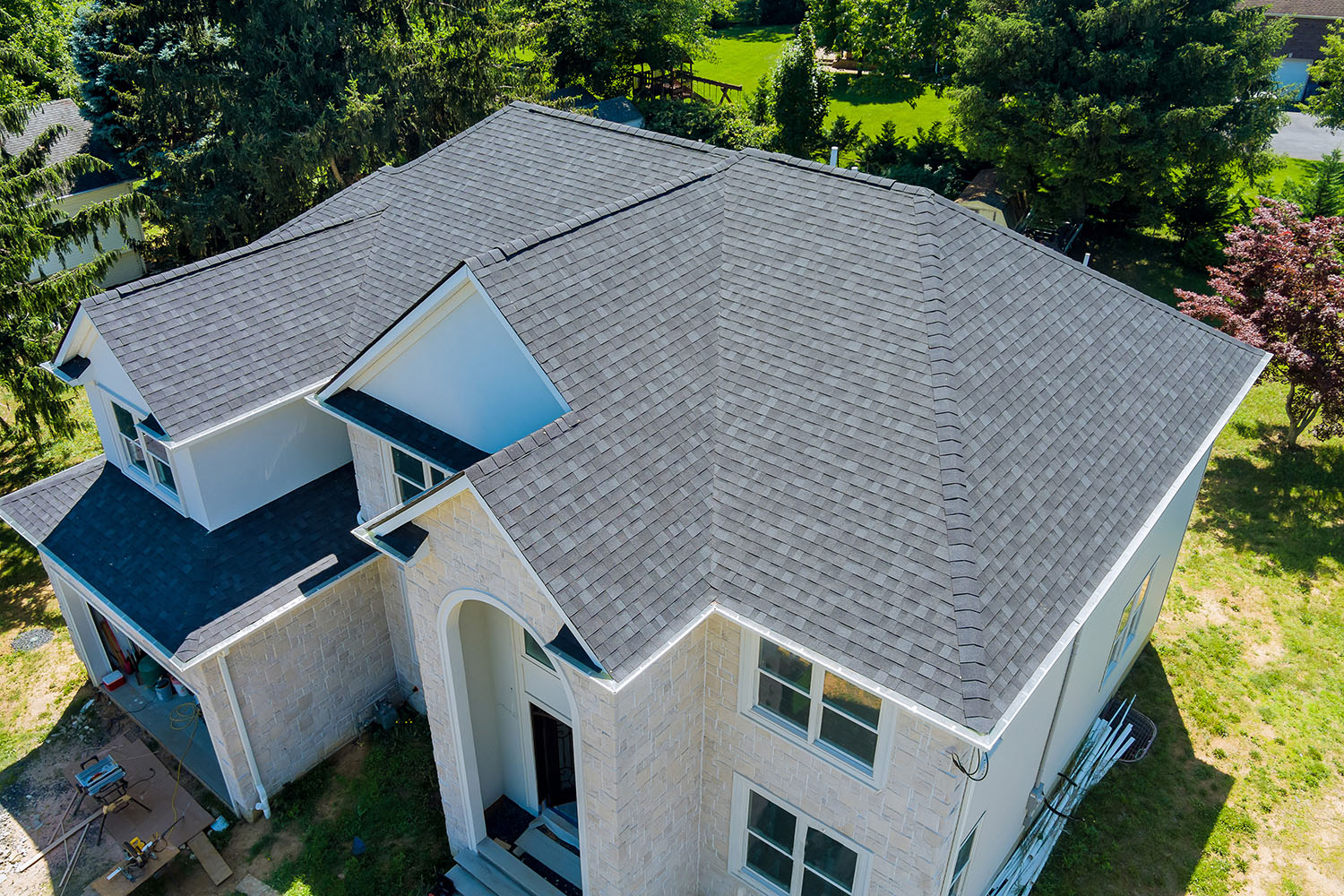When it comes to the essential components of a home, the roof reigns supreme. Not only does it serve as the primary shield against the elements, but it also plays a crucial role in the overall structural integrity of a house. Homeowners often find themselves at a crossroads when faced with the decision of whether to invest in a new roof or opt for repairs to extend the life of their existing one. In this comprehensive guide, we delve into the intricacies of the “New Roof vs. Fixing Old Roof” dilemma, exploring factors that impact the decision-making process and strategies to improve your website’s ranking for these critical keywords.
Understanding the Basics
The Lifespan Conundrum
Roofs, like all components of a house, have a finite lifespan. The material, installation quality, and environmental factors contribute to how long a roof will last. Asphalt shingles, one of the most common roofing materials, typically have a lifespan of 20 to 30 years. However, this can vary based on the region’s climate and weather extremes.
Signs of Trouble
Knowing when your roof needs attention is vital. Common signs of roof issues include:
- Leakage: Water stains on ceilings or walls.
- Missing or Damaged Shingles: Visible wear and tear.
- Sagging Roof Deck: A sign of structural issues.
- Granule Loss: Seen in the form of granules in gutters.
- Mold or Algae Growth: Indicates moisture retention.
Cost Considerations
The cost of a new roof versus repairs is a significant factor in decision-making. Generally, a new roof is a larger upfront investment, but it may provide better long-term value.
The Case for Fixing the Old Roof
1. Financial Considerations
For homeowners on a tight budget, repairing the existing roof might be the more feasible option. A thorough inspection by a roofing professional can identify and address specific issues without the need for a complete overhaul.
2. Environmental Impact
Choosing to repair a roof is often the more environmentally friendly option. Reusing existing materials reduces the demand for new resources and minimizes waste. Additionally, the manufacturing and transportation of new roofing materials contribute to carbon emissions.
3. Preservation of Character
Older homes often have unique architectural features that contribute to their charm. Preserving the original roof, even with repairs, can maintain the character of the house. Historic or period properties, in particular, benefit from retaining their original roofing style.
4. Immediate Problem Resolution
Roof repairs can quickly address specific issues, preventing further damage to the interior of the home. This can be crucial in emergency situations, such as sudden leaks during heavy rainfall.
The Case for a New Roof
1. Long-Term Investment
Investing in a new roof is like making a long-term investment in the structural integrity of your home. While the initial cost may be higher, the extended lifespan and increased durability often make it a cost-effective choice over time.
2. Energy Efficiency
Newer roofing materials often come with advanced technologies that improve energy efficiency. Reflective coatings, cool roofing options, and better insulation can contribute to reduced energy consumption, leading to lower utility bills.
3. Increased Home Value
A new roof can significantly enhance the curb appeal of a home, making it more attractive to potential buyers. It’s a wise investment for homeowners looking to sell their property in the near future.
4. Comprehensive Protection
A new roof provides a clean slate for comprehensive protection. It allows for the installation of modern roofing materials with enhanced resistance to weather, UV rays, and other environmental factors.



